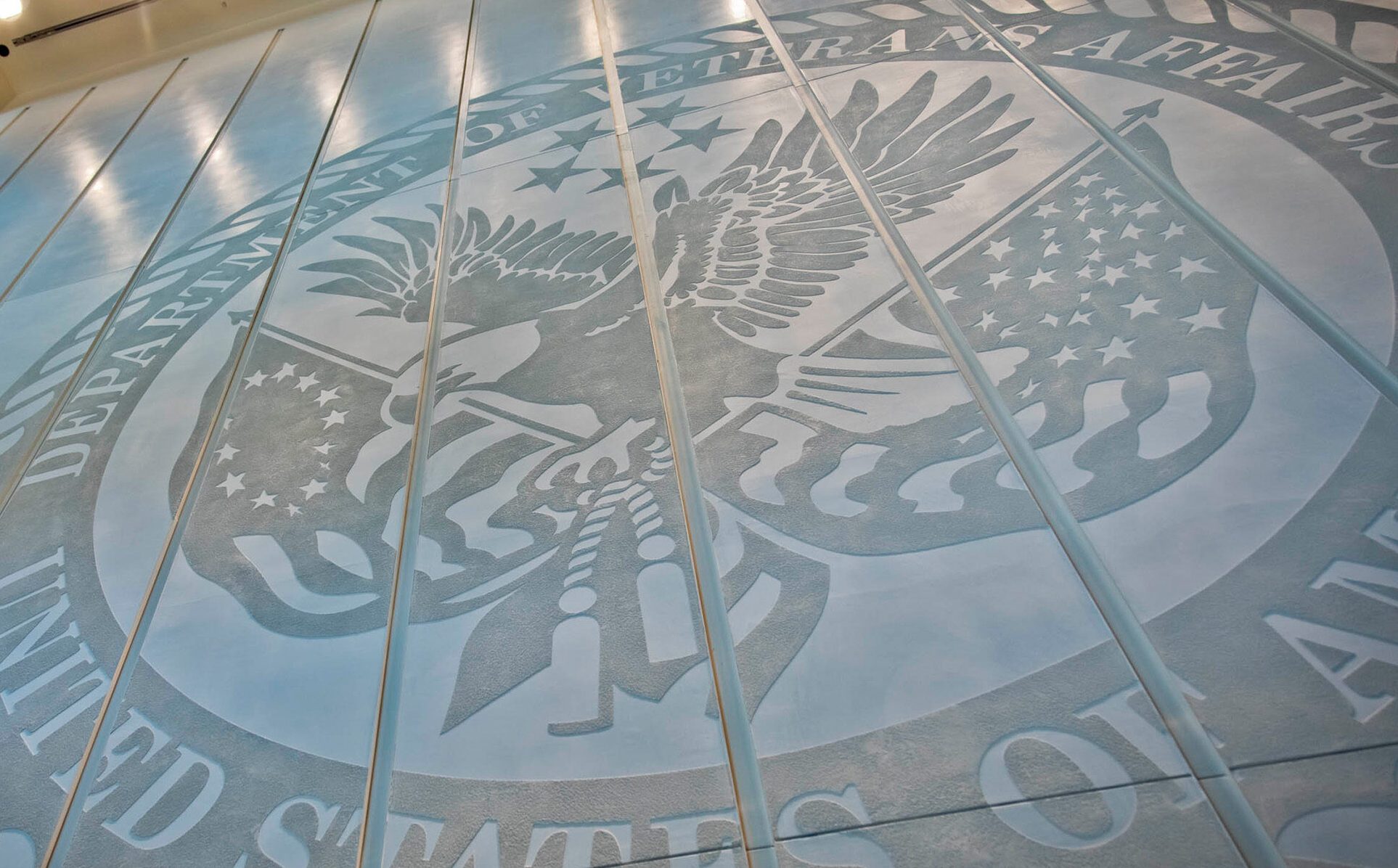Appears In
During a national pandemic, timely and accurate information is key.
When the Department of Veterans Affairs (VA) began treating COVID-19 patients, the Veterans Health Administration (VHA) needed a ground-level situational awareness of COVID-19 in the VA system and metrics to inform the Department’s response. However, VHA lacked a single authoritative source of timely and accurate information, making it difficult to see the big picture and operate and respond to the pandemic accordingly. Moreover, VHA and the Department needed to project this timely and accurate information to VA employees, providers, and the public.
In collaboration with VHA and Microsoft, experts in VA’s Office of Information and Technology (OIT) set out to build a summary and tracking tool that would help VHA gain better situational awareness of its patients and resources during the pandemic. The team rapidly built the National Surveillance Tool (NST) to meet VHA’s needs, and the tool has drawn interest across — and even outside — VA.

The NST allows for early detection and monitoring of cases, Department-level biosurveillance, and emergency management at the national and local levels. Data feeds cover patient cases, available assets such as ventilators and masks, hospital capacity, and employee status. Most data are updated hourly, giving a near real-time look at VA’s posture in response to the pandemic. With this data available at a glance, leaders can make timely and informed decisions, such as when and where to cross-level supplies or personnel. The system can even perform predictive analysis, anticipating future hotspots of COVID-19 cases and allowing leaders to address emerging needs before they become critical.
The data feeds are shared internally with clinical program offices and the Office of Research and Development, and externally with Federal partners such as the Centers for Disease Control and the Department of Energy. VA’s Federal partners are interested in accessing the NST data as well, including the Food and Drug Administration and the Department of Health and Human Services and the White House COVID-19 Insights Task Force. By sharing its authoritative data source with Federal partners, VA is contributing to a ‘Whole-of-Government’ approach to the nation’s pandemic response.
Jack Bates, the Director of OIT’s Business Intelligence Service Line (BISL), credits “a remarkable display of teamwork all around,” from VHA and OIT to Microsoft as crucial to developing and releasing the tool in such short time.
The multi-office team also released the COVID-19 National Summary, an external-facing tracking map which summarizes COVID-19 cases within the VA system is public on the Access to Care website. This is VA’s single authoritative source of COVID-19 confirmed cases at the facility level. Data refreshes hourly, providing near real-time numbers for Veterans, Congress, states, media, and the public to see and report. Currently, the site sees 7,000 visitors a day.
The NST continues to improve and expand with weekly development releases. Most recently, the team added information related to Veteran community living centers, which have emerged as hotspots during the pandemic. OIT is working on additional capabilities, such as the ability to sort data for cases by civilians, Department staff, and Veterans. The team also supports five other major products related to COVID-19, all of which are newly developed.
With its work on NST, OIT is helping its partners across the enterprise to address the needs of VA’s — and the nation’s — response to the evolving COVID-19 pandemic. From the Corporate Data Warehouse to the National Surveillance Tool, VA’s Office of Information and Technology continues to leverage IT assets and data to deliver innovation solutions for Veteran care and benefits.






